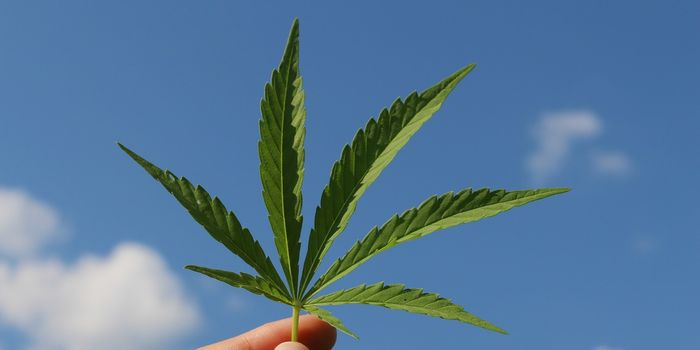Plastic Pollution is Creating New Oceanic Communities
Plastic pollution has been a problem for some time, particularly in the ocean. An estimated 12 to 13 billion tons of plastic go into the ocean each year. The problem is, once plastic enters the ocean, it doesn’t just stay put. Ocean currents can move plastic, including microplastics that are too small to see, around the world. Recently, researchers have noticed that plastics often get sucked into ocean gyres, or vortexes, and trapped there, causing highly concentrated amounts of plastic to accumulate. Currently, there are five main gyres located around the world.
According to a new study published in Nature Communications, researchers noticed a strange phenomenon in the garbage “patches” that have formed in these gyres: coastal plants and animals are colonizing these garbage patches and making them their homes.
The idea that coastal organisms drift into the open ocean isn’t an entirely new concept. In the wake of the 2011 Japanese Tsunami, researchers noticed that coastal animals were riding across the Pacific Ocean on debris caused by the tsunami, raising questions about how coastal species can survive in the open ocean, particularly how they were making do in an area of ocean without any apparent habitat.
In their study of the North Pacific Subtropical Gyre (one of the largest ecosystems on earth), researchers found that the drift of coastal organisms was taken to a whole new level. After collecting over 100 hundred tons of plastic litter from the gyre (which holds about 79,000 tons of plastic waste) researchers analyzed the species they found. Most species appeared to be coastal organisms (anemones, hydroids, amphipods, and more) who had made these gyres their homes. Researchers refer to these new oceanic communities as “neopalegic” (meaning “new” and “open ocean”).
Even more interestingly, these species were thriving in these areas, suggesting that they had adapted to living in the open ocean, using plastic as a habitat (the lack of habitat is often cited as a reason coastal species didn’t venture out into such deep waters).
While this may not seem like a big deal, the research team highlighted the host of questions raised by this phenomenon: will these organisms continue to thrive? How will it affect ecosystems in these new areas of the oceans, many of which have been untouched for thousands of years?
Sources: Eureka Alert!; Nature Communications; Greenpeace








